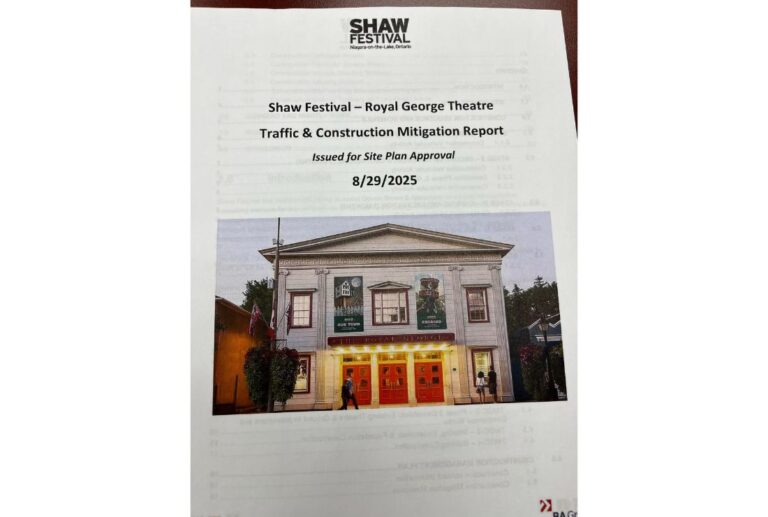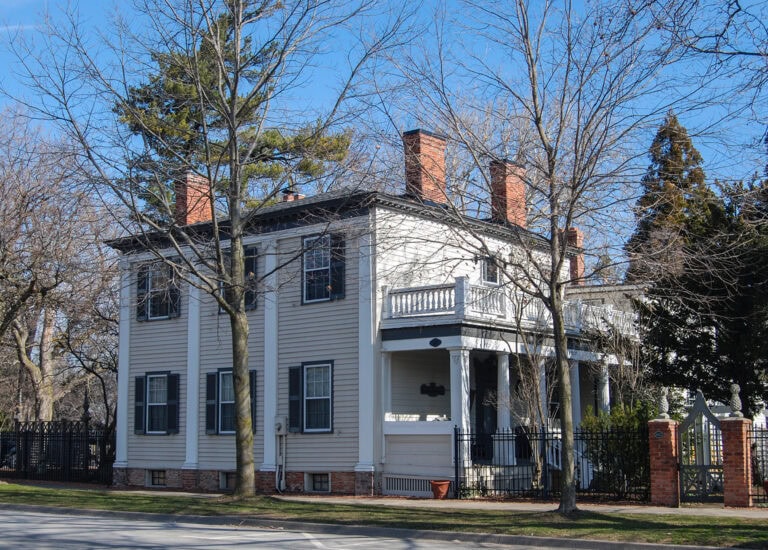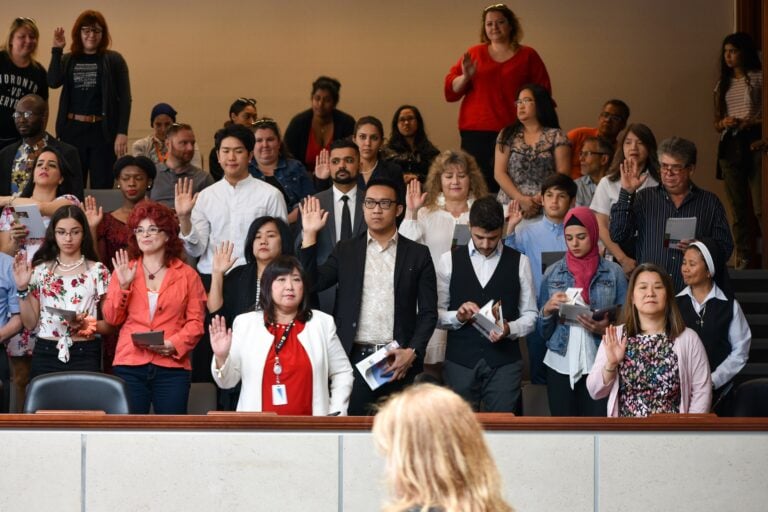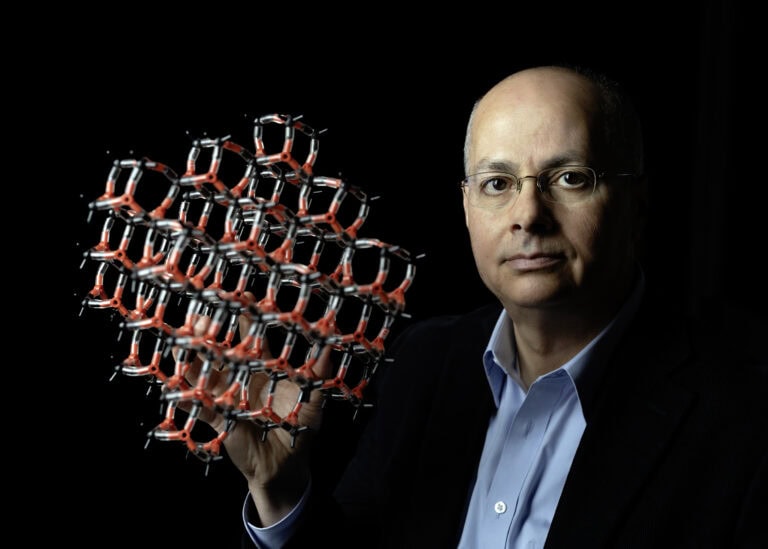One of my pet working hypotheses is that humans are at their best, cognitively speaking, between their late teens and late thirties, especially for disciplines that do not require long periods of training and accumulated experience, before launching into the most creative and innovative periods of their lives.
The hypothesis gains traction from the observation that the pioneers who birthed the brand-new field of quantum physics in the early 20th century, including such luminaries as Albert Einstein, Niels Bohr, Werner Heisenberg, Erwin Schrodinger, Paul Dirac and later Enrico Fermi and Richard Feynman, were all in their twenties or thirties when they accomplished their most innovative and creative work.
The same case might be made for the pioneers in the small-computer world such as Bill Gates with Microsoft and Steve Jobs at Apple, or Larry Page and Sergey Brin for Google. All were arguably most creative early in their careers before they became managers of their vast companies – itself a challenging task to be sure.
The early days of Aviation were similar. Pioneers such as Sydney Camm, Geoffrey De Havilland, Reginal Mitchell, Frederick Handley Page, Frank Whittle, Charles Rolls and Henry Royce from the U.K.; Glenn Curtis, Allan Lockheed, Martin Marietta, Bill Boeing, Donald Douglas, John Northrop, Kelly Johnson, and Igor Sikorsky from the United States; Anthony Fokker, from Holland; Ernst Heinkel, Willy Messerschmitt, and Kurt Tank from Germany; and Russia's Artem Mikoyan were all gifted engineers with vision and energy.
Most were in their twenties to forties when they did their most creative hands-on work as engineers.
When I worked at London Health Sciences, I was lucky to work with several technical colleagues who were capable of designing and building novel electronic devices to support my research. One designed and built a computer system, including the mother board, for what turned out to be the best technology in the world at the time, a computerized system for assessing transmission of nerve and muscle signals.
All were in their early twenties and had little more than high school educations and perhaps one or two years at a community college. As far as I could see, they were mostly self-taught.
They went on to develop a company to manufacture the system. Every employee was under 30. In those days, I always felt I was witnessing, in a small way, what may have happened in the early days of Microsoft, Apple and Google – a lot of small creative get-togethers, and loads of energy and enthusiasm, seven days a week seemed to be a formula that worked.
From the perspective of most sports, humans are at their best in the sweet spot between the late teenage years and early thirties. Champions in sports such as golf may continue to perform at high levels well into their forties and even fifties, although by the latter age, wins in major tournaments tend to be standalone performances often marvelled at for such surprising achievements at such late ages.
World records in timed short-distance events such as the 100- and 200-metre sprints belong to the young, as do Olympic medals in sports such as gymnastics that put premiums on highly honed balance, co-ordination, speed, power, and stamina, skills that tend to diminish with age.
For endurance events such as the marathon, older runners can be competitive well into their forties, but winners are another matter – most are young.
Those observations suggest to me that the performance of the central nervous and peripheral neuromuscular systems, which together underpin the physical aspects of athleticism, may begin to lose their functional edge beginning, perhaps as early as the late twenties and early thirties, depending on the sport.
And if that’s what’s happens to the sensorimotor system as we age, might equivalent age-related changes stymie the kind of thought experiments that theoretical physicists such as Einstein employed to imagine solutions to challenging problems? Certainly, Einstein reached a roadblock when he tried without success to challenge quantum physics in his last 30 years.
What does the record from Nobel Prizes in the sciences tell us?
The Niagara-on-the-Lake Public Library has hosted an annual review of Nobel winners for the last five years. Over that period, in physics alone, seven laureates were in their eighties, including two last year in the field of climate change. Both were 89.
Several laureates received their Nobel decades after their original work, but two are still very active in their primary research fields: John Goodenough in the design of batteries and Roger Penrose, now 90, who continues to imagine, write and talk about a continuing succession of universes and the nature of consciousness (check him out on YouTube and Amazon).
Then there’s the example of Dennis Sullivan, who at 81 won the Abel Prize in mathematics this year, the equivalent of a Nobel Prize. Previously he won a string of high-level awards for his skill in applying mathematics to complex problems in space and shapes.
If that sounds esoteric, practical applications include studying airflow around wings to increase their efficiency and range, and developing a better tool for plotting the course of hurricanes, the latter surely of considerable value for weather forecasters in hurricane season.
Then there was the recent news that an 89-year-old just earned his third PhD, this one in quantum physics.
Finally, do you think my hypothesis is correct? And if so, does it apply to the arts? You be the judge and either way, let me know through the paper or when we run into one another at the post office.
Dr. William Brown is a professor of neurology at McMaster University and co-founder of the InfoHealth series at the Niagara-on-the-Lake Public Library. Email editor@niagaranow.com.









